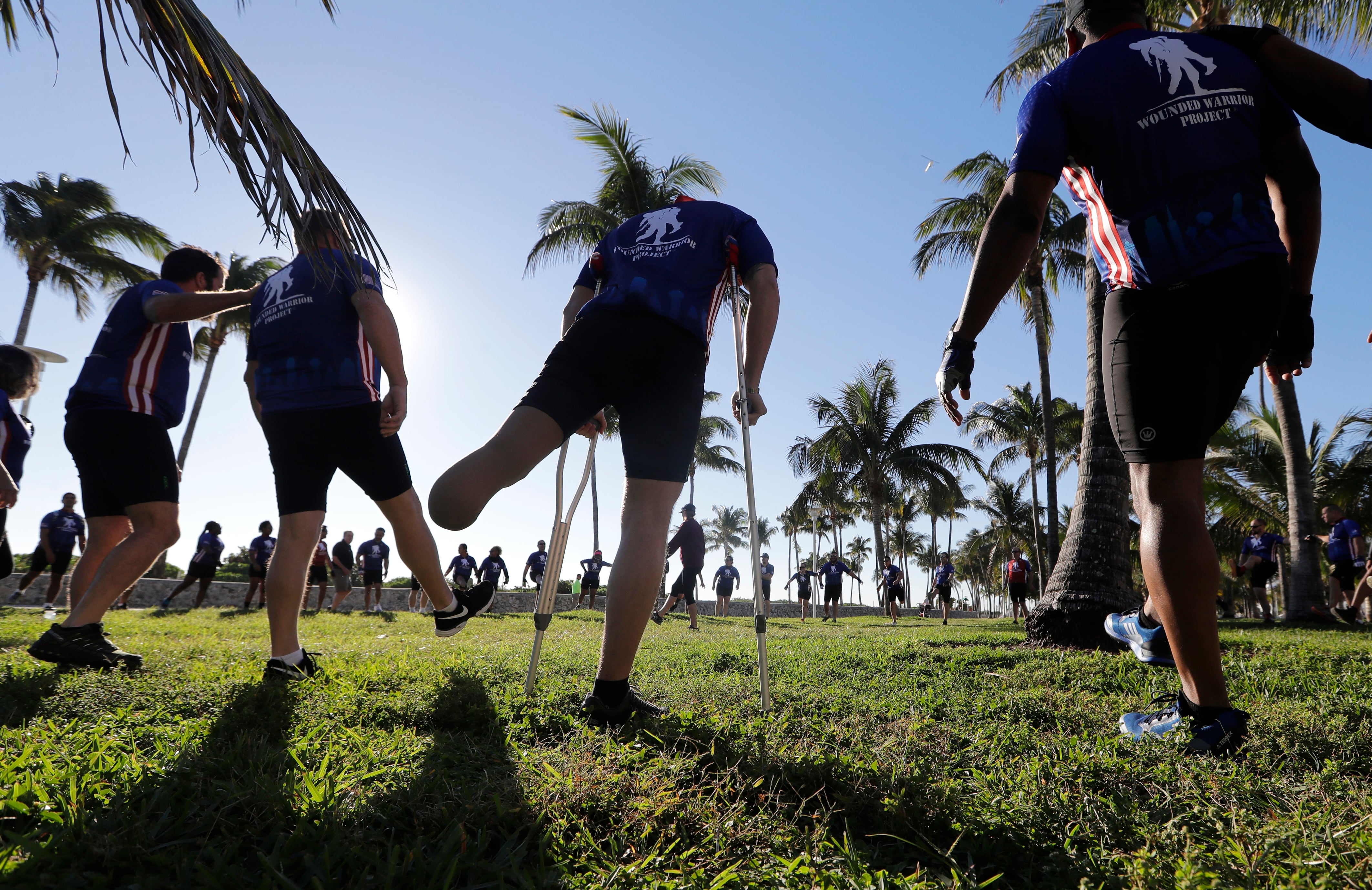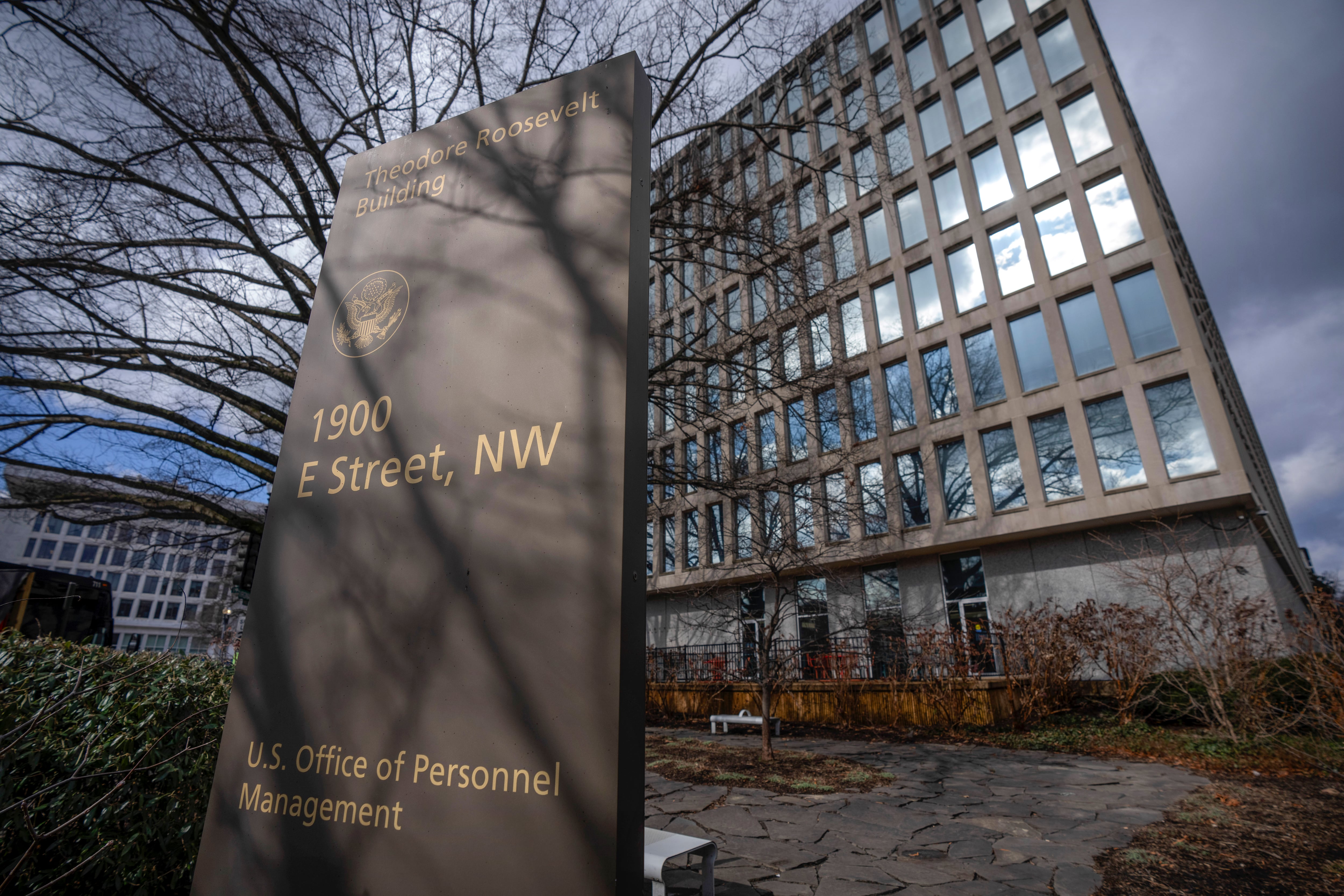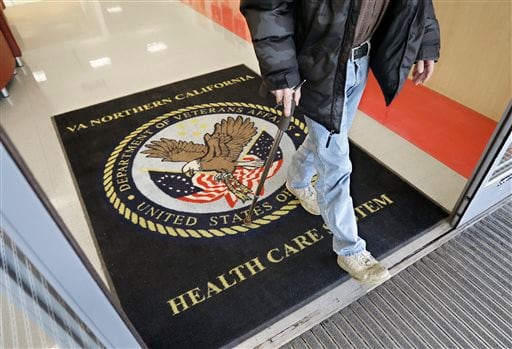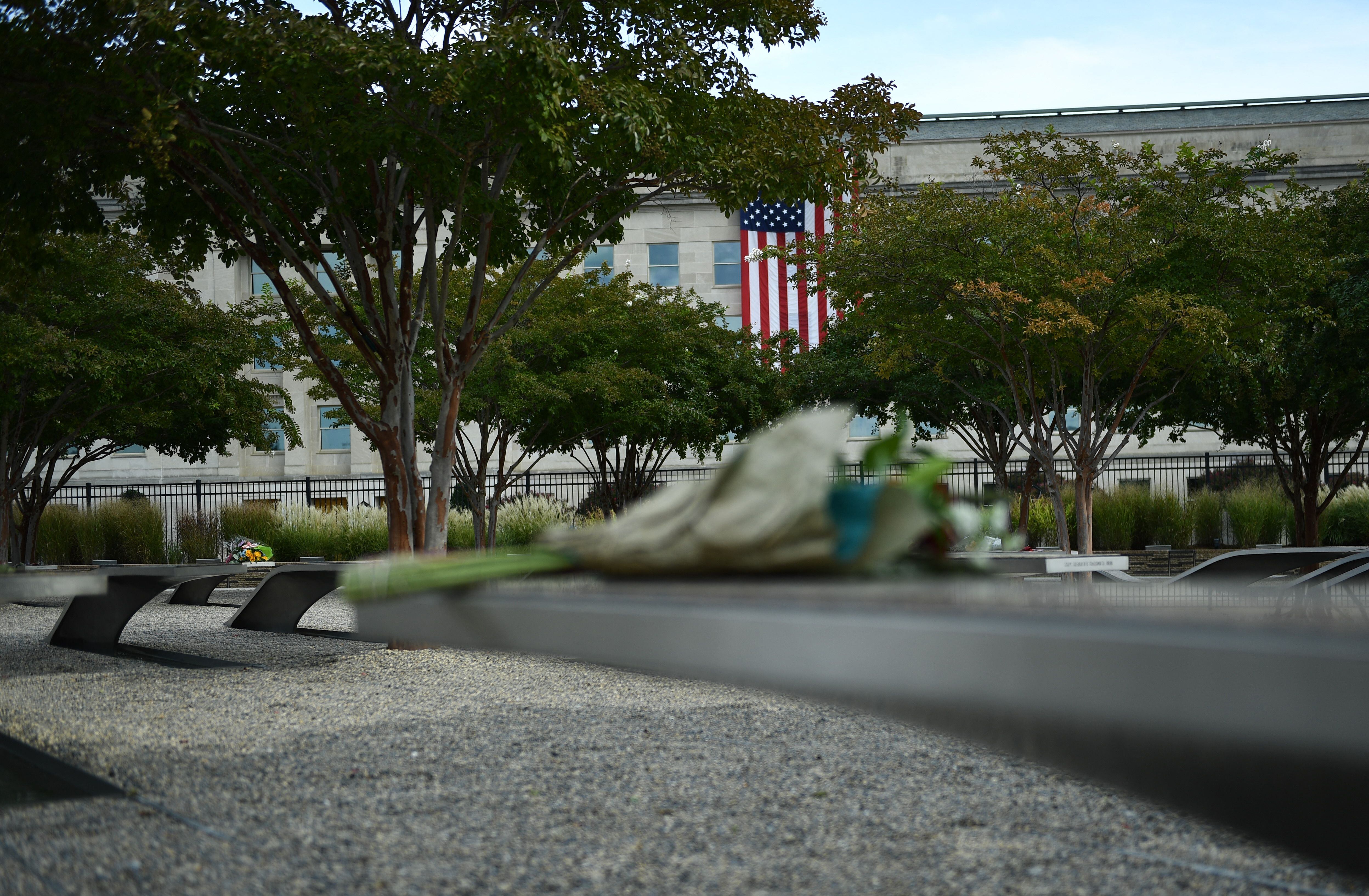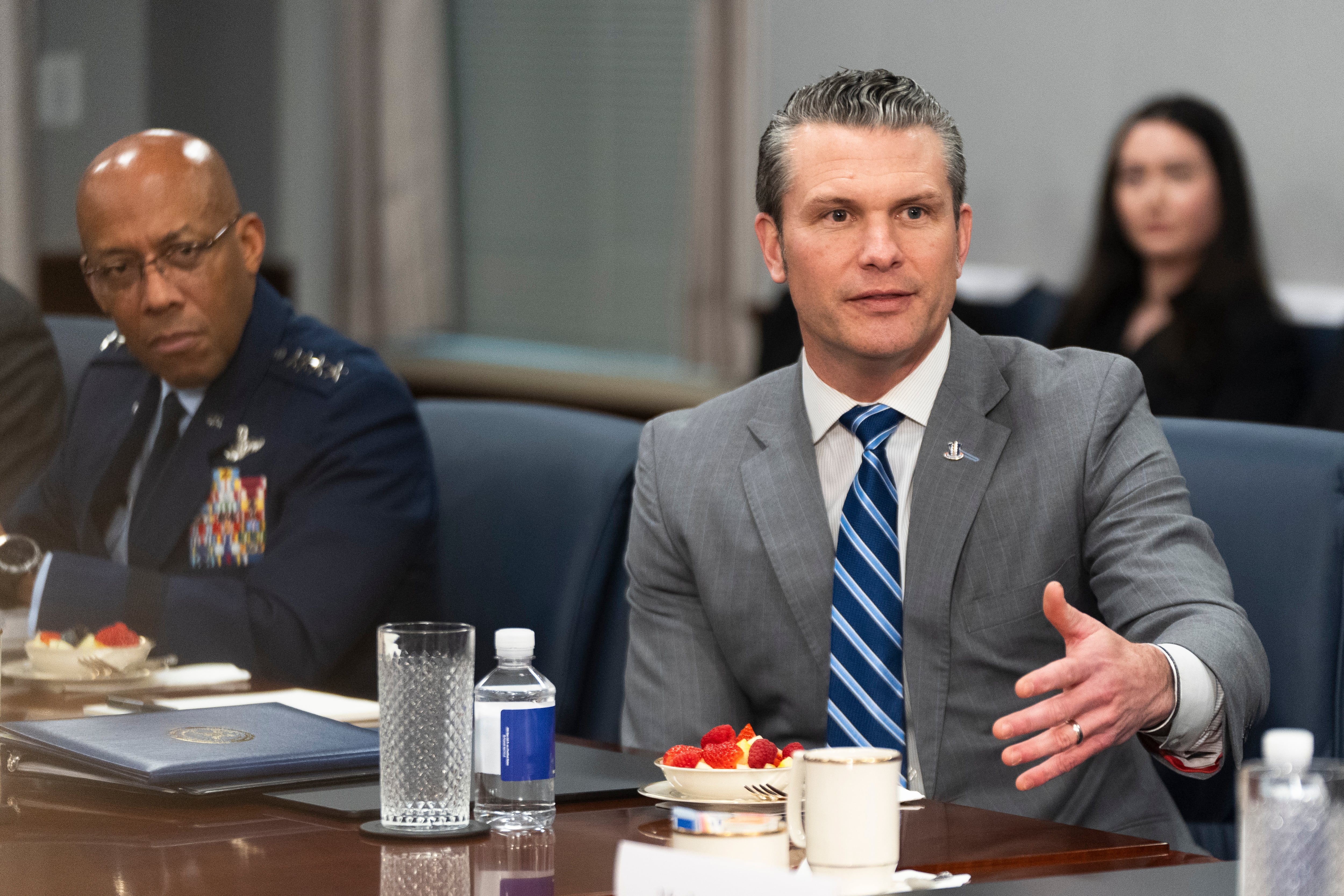Veterans saw increased employment opportunities in the education and health services sector in 2021 but less hiring for professional and business services, according to new data released by the Bureau of Labor Services on Thursday.
The research also showed a significant improvement in the overall veterans employment rate last year from 2020, when the coronavirus forced widespread business shutdowns across America, but still not a full recovery from the pandemic.
The jobless rate for all veterans in 2021 was 4.4%, down sharply from the 6.5% posted in 2020 but still above the pre-pandemic rate in 2019 of 3.1%.
RELATED

Since the start of 2022 that figure has dropped even further, with veterans unemployment reaching 2.4% last month.
In a statement in response to the report, President Joe Biden touted the improvements over the last year as proof that the military community and national economy are headed in the right direction.
“Veterans of all backgrounds are finally being cut in on the deal,” he said. “Unemployment rates for white, Black, Asian, and Hispanic veterans — male and female — fell and were the same or lower than their nonveteran counterparts in 2021. And the unemployment rate for veterans with a service-connected disability declined to 3.4 percent.”
Veterans unemployment has been a particular focus of the White House and Congress in recent years, with research showing that making a successful transition to civilian life can ease a host of potential stressors for military families.
The BLS report found that nearly one in four veterans (23%) are employed in local, state or federal government jobs, about the same rate as 2020. For comparison, only about 13% of non-veterans hold salaried government posts.
About 9% of veterans held jobs in the education and health services sector in 2021, an increase of almost 1% from 2019 levels. Manufacturing (12%) and business services jobs (10%) are the only private-sector industries with higher veteran participation.
On the other side, veterans as a group saw a significant decrease in those professional services posts (down 1.5%) and hospitality service jobs (down 1%, to about 3% of all veteran jobs) over the last two years.
RELATED
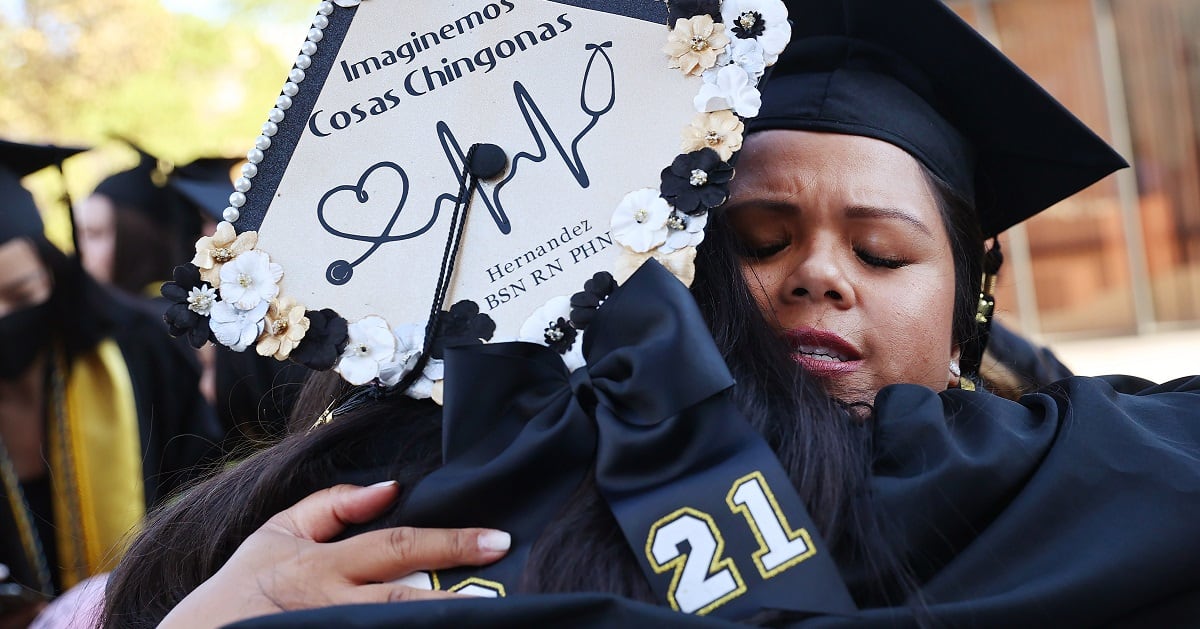
As a percentage of the population, veterans were more likely to find jobs than their civilian peers in sectors like manufacturing (12% for veterans vs. 9% for non-veterans) and transportation (8% vs. 5%) but less likely to work in education and health (9% vs. 16%) and retail trade (8% vs. 10%).
Unemployment for veterans significantly outperformed civilian job rates in 2021 (4.4% vs. 5.3%) and researchers saw improvement across all generations of veterans looking for work.
Biden called that “historic progress” and said the data shows government efforts are “providing veterans with the tools and resources for economic opportunity, security, and dignity.”
About 9 million veterans are in the U.S. workforce today, roughly half of all living veterans in America.
Leo covers Congress, Veterans Affairs and the White House for Military Times. He has covered Washington, D.C. since 2004, focusing on military personnel and veterans policies. His work has earned numerous honors, including a 2009 Polk award, a 2010 National Headliner Award, the IAVA Leadership in Journalism award and the VFW News Media award.



